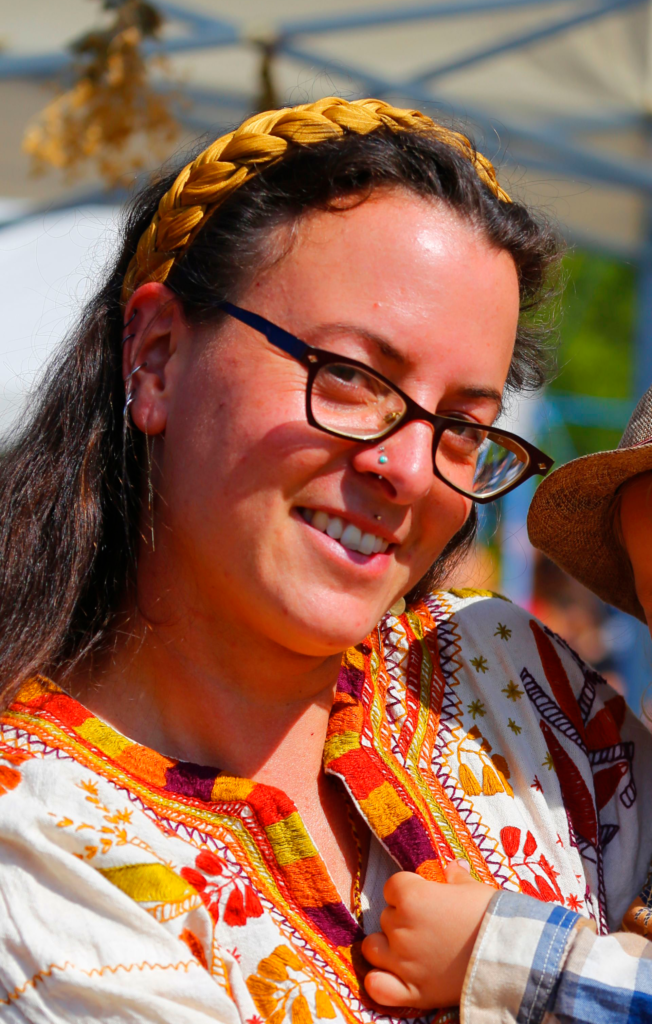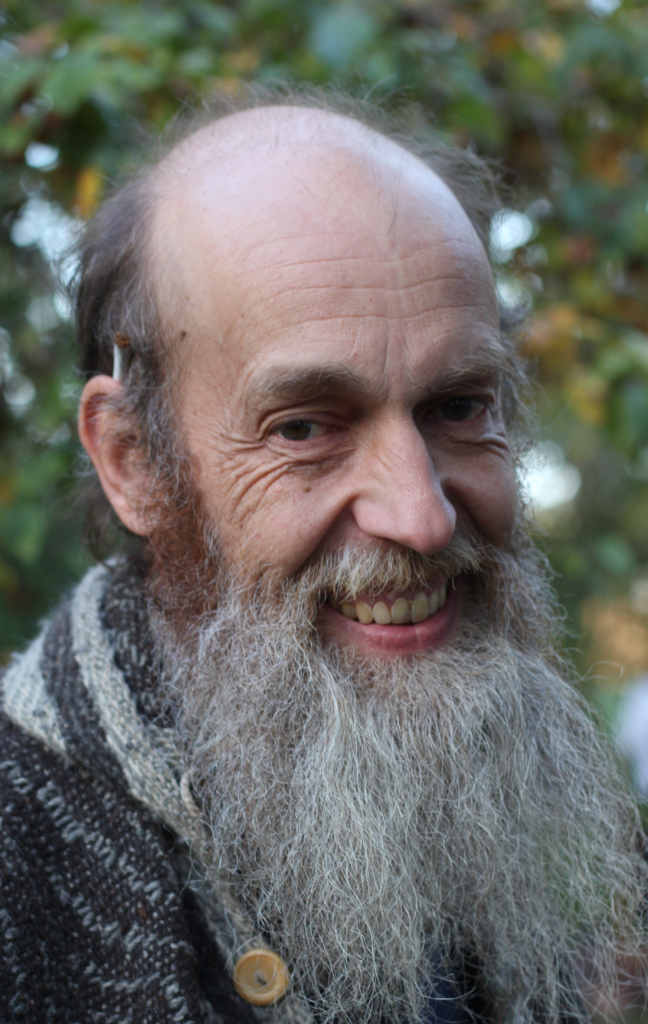That is what the vision of Reymundo Tigre Perez says.
Last year we asked you to come to the Kiva Ceremony in beautiful and festive clothing, yes,
some have come in traditional local clothing, yes, it shows respect for the ceremony and all the people there.
Moreover, it is a pleasure for us to wear a nice shirt or dress.
Ruth, longtime fire keeper at the Kiva fire in four countries and I would like to take this one step further with you; because it is always valuable and good to know what causes how we behave.
In this case how we dress.


Nubia writes to us about this:
“Our dress for the Kiva Ceremony, the encounter with the great mother, the great father, with the great spirit, with the unseen world that cares for us, is a ceremonial attire. An attire that serves a purpose that is related to the nature, with the earth, with the elements and with the connection with the unseen world.”
When we dress up to attract attention, it is outside of ourselves and with a focus to the outside. We are unconnected to what unites us in the Kiva Ceremony. The Kiva is a ceremony, not a festival.
Let us wear clothing that support prayer, the inner alignment with the unseen world.
Nubia continues:
«The ceremony brings personal experiences for each person to establish and strengthen the connection with the spiritual world in the respective country and the tradition there.»
So let us for these experiences that will come to us in being together and being there; these experiences that will surely strengthen us, that will delight us, that will perhaps also hurt us, so let us be prepared.
Tobias: It’s important for me to change before I leave the camp to cycle on my bike to the Kiva Ceremony. For me it is always a step over «a threshold» into the ceremony. It feels good and is my respect to the ceremony and all the elders and all of us.
Ruth:
Yes, that’s exactly it, a ceremonial ritual that invites you to look in your inner. We are so often in the ‘outside’, in our everyday life, we take care, organize, what does he think, how does he feel, this, that, thus and more still has to be done …
And then suddenly there is a question: How are you actually? Well, can we give a detailed, honest answer to that?
Ceremonies create the space to sense, to feel pure within oneself, to listen and to see, directed inwards; I think it is very special at the Kiva Ceremony over the four days.
In order to be able to do a good job at the sweatlodge for everyone, including ourselves, we fire keeper often use «Palicates» / «Bandanas» (headbands). They are a physical protection against the heat and the sweat that might get in your eyes, as well as a symbolic protection that everything that belongs to me (my thoughts, interpretation, judgements…) stays with me and external things don’t can come in. So that I can be with myself actually and go my personal, own process.
The same applies to the «cinto rojo», the umbilical cord. We tie it around our waist above the navel. The center of our personal power, our will, our fire. The belt protects us from outside influences and helps us to focus our energy on ourselves. By tying the knots at hip and forehead height, we make clear: what belongs to me stays with me. Moreover, what does not belong to me does not come into my space.
May our center be protected, and may our minds be guarded.
—
Let’s touch on one more subject, the appropriate, practical, and appropriate attire for the morning and evening sweatlodges; always a topic; always happy to discuss; always a story full of misunderstandings, which we will not be able to clear up fully here and now.
Note from Helmut:
«We want all guests to feel comfortable in the ceremony, so we are considerate of the dress habits from other countries.»
Tobias: This is especially true for the sweatlodges during the Kiva days, lots of people in big sweatlodges; let’s take care of each other!
That is a consideration between us humans. To the fire keepers and those who sit next to us in the sweatlodge and with which we move closer together so that more people can slip into the lodge.
Ruth:
At the sweat lodge we meet at the fire of a certain tradition that has opened up to us and invites us, no matter which culture we belong to. A space opens up here in which everyone can feel secure, protected and welcome.
To ensure this and to make it easier for our sisters, brothers and all others to contemplate, pray and work, we adhere to the following respectful clothing: As in many Native American traditions, men wear shorts and go shirtless into the hut to connect with their inner warrior; Women wear a dress to reach out to their inner woman.
Wide shorts (no tight swimming trunks, slips or Pareos (wrap/towel)) for men, and a loose dress (alternatively skirt and shirt) covering shoulders and knees for women (no bathing suit or Pareo).
This clothing is functional: it is uncomplicated, keeps us clean and allows us to concentrate on the essentials. It is about protecting intimate parts of the body (e.g. from burns) and preserving your own energetic space.
Tobias: What do you think, Ruth? Does everyone now understand what is going on?
Ruth:
I hope so!
Let’s grow together in respect, love and mindfulness, sing, pray and laugh and celebrate.
Love, honor and respect!
We learned these words from Fred Drum Contreraz, a companion of Reymundo Tigre Perez.
There is nothing more to say.

